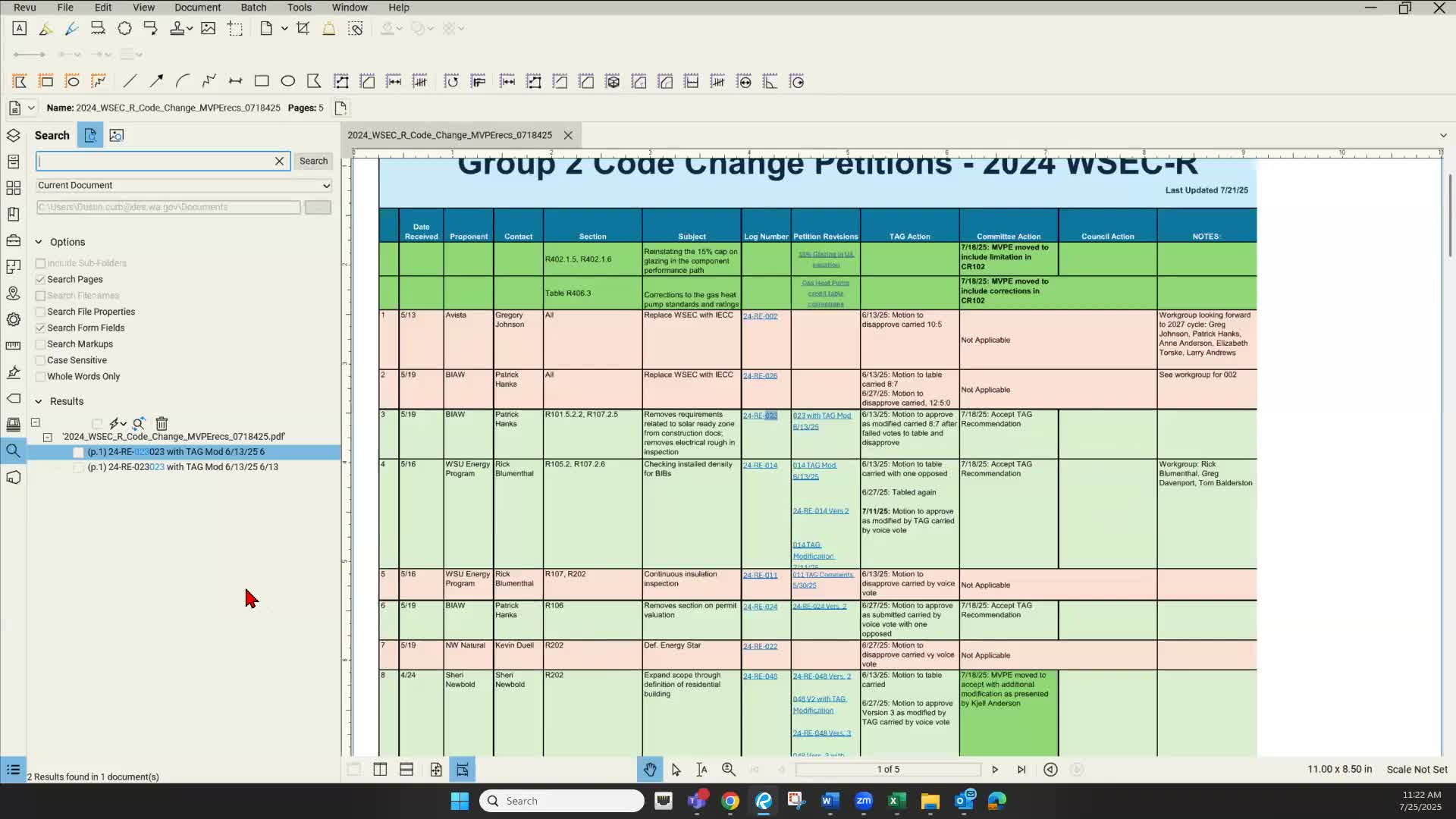Energy Council Evaluates Code Change Proposals Amid Controversy Over Window Glazing Rules
July 31, 2025 | Building Code Council, Governor's Office - Boards & Commissions, Executive, Washington
Thanks to Scribe from Workplace AI , all articles about Washington are free for you to enjoy throughout 2025!

This article was created by AI using a video recording of the meeting. It summarizes the key points discussed, but for full details and context, please refer to the video of the full meeting. Link to Full Meeting
One of the key topics was the Energy Rating Index (ERI) pathway, which aims to align with Washington's goals for a 70% reduction in energy use by 2031. Council member Joe provided insights into the modeling processes used to determine the necessary credits for compliance. He explained that while the Pacific Northwest National Laboratory (PNNL) and Ecotope were not conducting new modeling, they were leveraging past data to assess how many additional credits would be needed. Notably, the council proposed adjustments that would allow larger homes to earn more credits, thereby balancing the overall energy efficiency requirements across different home sizes.
Public comments added another layer of complexity to the discussions. Anne Anderson, a member of the residential energy tag, voiced strong opposition to a proposed amendment regarding window glazing. She argued that the amendment was not submitted according to established procedures and lacked the necessary economic analysis, urging the council to reject it to maintain the integrity of the code development process.
Another participant, Gregory, raised concerns about a specific proposal that he believed created inconsistencies in energy credit allocations. He highlighted a potential violation of the Energy Policy and Conservation Act (EPCA), pointing out that the credit system did not accurately reflect energy savings. His critique emphasized the need for a one-to-one equivalency in energy usage credits, which he felt was being undermined by the current proposal.
As the meeting progressed, it became clear that the council is navigating a complex landscape of regulatory requirements and stakeholder interests. The discussions underscored the importance of adhering to procedural rules while striving for innovative solutions to meet the state's ambitious energy goals. With the deadline for compliance looming, the council's decisions will have lasting implications for energy efficiency standards in Washington's residential buildings. The outcome of these deliberations will not only shape the future of building codes but also impact the state's broader environmental objectives.
Converted from SBCC Council Meeting - July 25, 2025 meeting on July 31, 2025
Link to Full Meeting
Comments
View full meeting
This article is based on a recent meeting—watch the full video and explore the complete transcript for deeper insights into the discussion.
View full meeting
